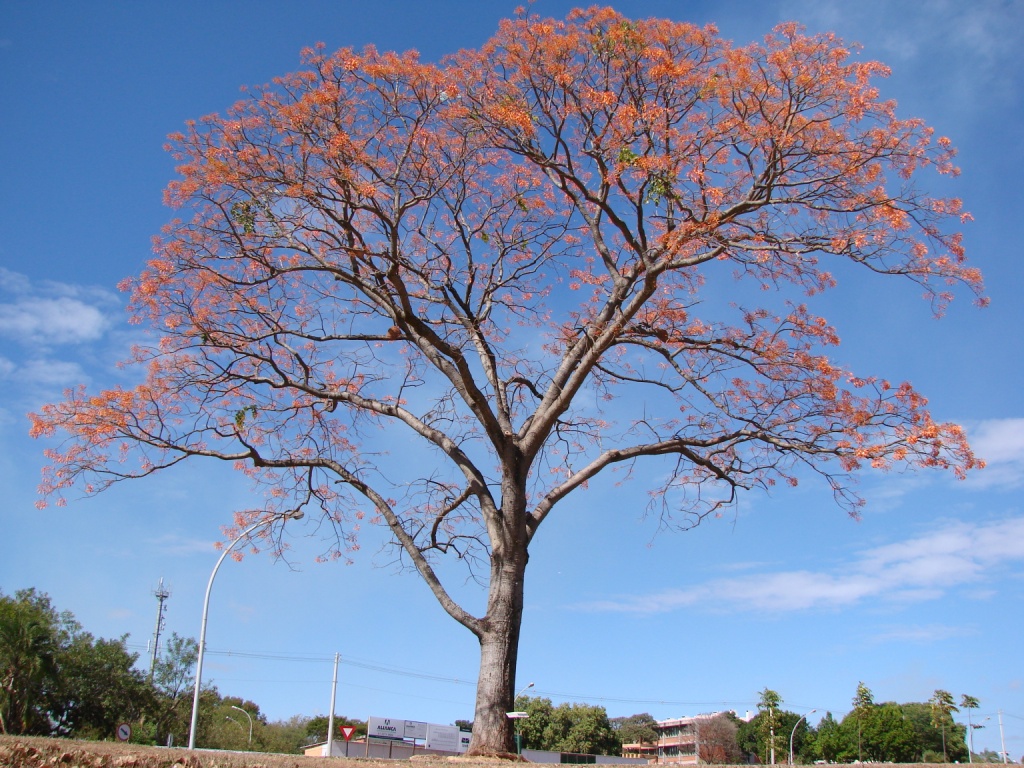Erythrinan alkaloids are found predominantly in the genus Erythrina of the
Leguminosae family but are also reported as being present in the genera Cocculus,
Pachygone and Hyperbaena of the family Menispermaceae. Many reviews have
been published on Erythrina and related alkaloids and by examining the literature it
has become clear that a number of these structures have been missed from major
reviews and that some structures needed correction, while a few others have been
reported as new when in fact they have been known for some time. It has also
become obvious that with the new and latest findings, there is a need to re-organize
the existing data into a more user-friendly and easier-to-recognize and easier-toidentify
format. Erythrinan alkaloids also have very similar and confusing names,
which are easier appreciated when these structures are all included in one document.
In this chapter, approximately 40 new structures have been added to those compiled
earlier, bringing the total number of known erythrinan alkaloids to over 150. What is
striking is the fact that in the past 5 years there has been a dramatic increase both in
the number, structural variety, and complexity of erythrinan alkaloids reported. This
structural diversity seem to be more pronounced in the two Erythrina species
E. arborescens (Plate 1) and E. variegata (Plate 10) which, between them, yielded
new polymeric (dimeric and trimeric) erythrinan alkaloids, a first example in one
case where a normal 6,5,6,6-membered indoloisoquinoline spiro-cyclic core has
rearranged to a spiro-fused 6,5,7,6-skeleton. Furthermore, erythrinan alkaloids
with a fifth ring containing a 2H-imidazole functionality were also reported for the
first time, together with some new structures having unusual substitution and substituents
at positions C-3 and C-7 of the erythrinan core.
The predominant pharmacological activity reported for the new and known
erythrinan alkaloids is central nervous system (CNS) related, especially interactions
with nicotinic acetylcholine receptors (nAChRs), where they act as reversible
competitive nAChR antagonists. Other significant effects exhibited by these
erythrinan alkaloids are antifeedant and insecticidal activity; cytotoxic and estrogenic
activities; antiprotozoal activity; anti-inflammatory activity; antioxidant activity,
and antifungal and antiviral activities. Although antibacterial activity has been
reported frequently for other non-alkaloidal constituents of Erythrina species such as
flavonoids, the erythrinan alkaloids surprisingly seem to be, by and large, devoid of
this type of activity. The structural determinants for biological activity in general
for the erythrinan alkaloids appear to be: a conjugated diene (?1,2, ?6,7) system, a
C-8 sp3 methylene (as opposed to an 8-oxo group), a non-oxidized N-9 nitrogen
(as opposed to a quaternary nitrogen), 11-oxidation (hydroxylation, methoxylation,
glucosylation), and the nature of ring-D substituents (hydroxylation, or
methoxylation, or methylenedioxy formation at C-15/C-16 or lactonization of ring
D). The 1,2-epoxidation of the conjugated diene system also seems to enhance some
biological activities even when some opposing structural features exist that seemingly
mitigate against these effects. There are, however, one or two examples where
an 8-oxo group has been shown to enhance compound cytotoxicity against a given
cancer cell line and in another case where such activity was enhanced by the
presence of an N-oxide group. It has been observed also that the recently described
polymeric erythrinan alkaloids are generally devoid of activity (e.g. no perceived
cytotoxicity against several human cancer cell lines), with two of these seven
compounds showing moderate insecticidal activity, and another showing weak to
moderate acetylcholinesterase inhibition.
Following two excellent previous reviews detailing the synthesis of erythrinan
alkaloids that were published several years ago [12, 25], more recently useful
methods have continued to be developed for the stereoselective chemical synthesis
of these compounds. The availability of such methodogy will enhance the amounts
of the erythrinan alkaloids available for future more detailed biological evaluation,
particularly using experimental animals, since these compounds tend to be obtained
only in low quantities from their plants of origin.

 en.wikipedia.org
en.wikipedia.org

 en.wikipedia.org
en.wikipedia.org







